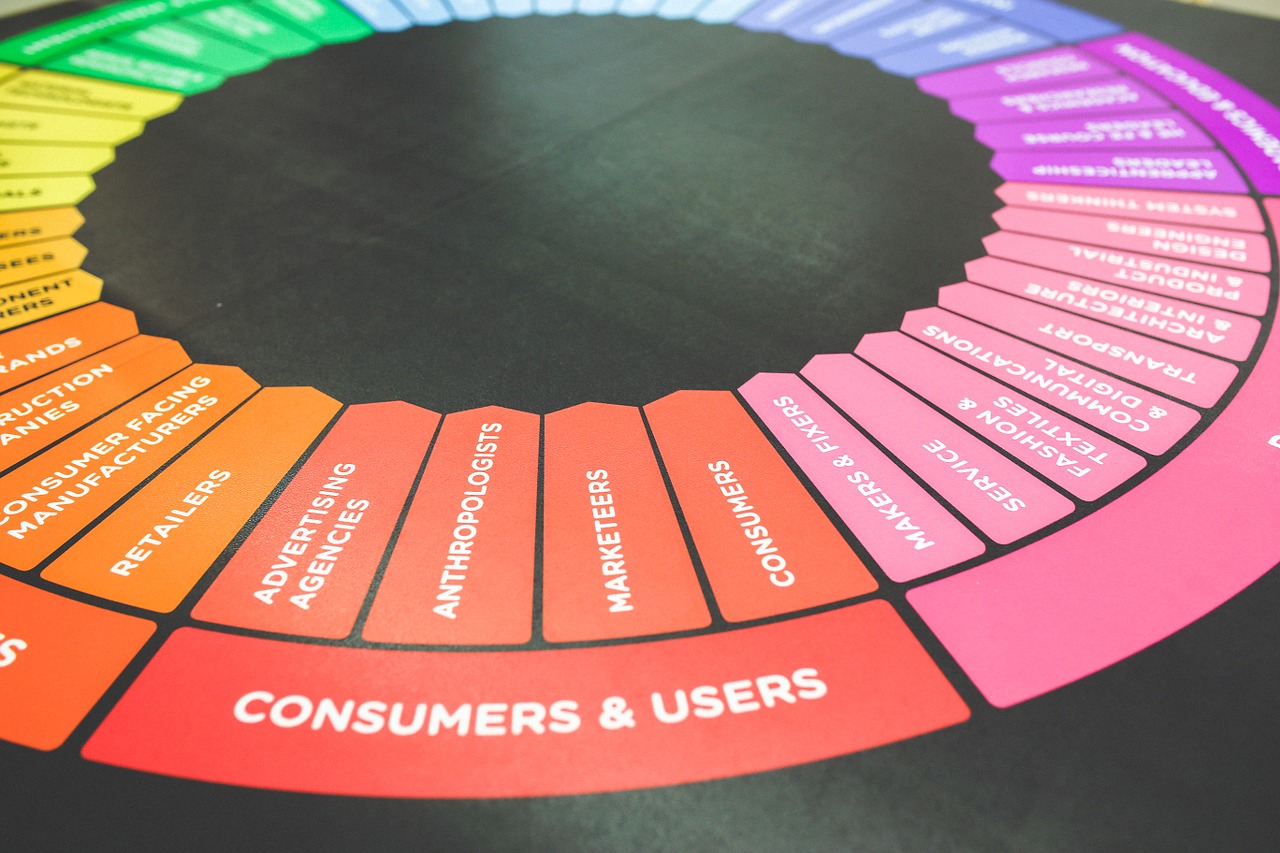Google’s data-driven attribution model is the next thing for Google Ads conversion

Digital Marketers need new measuring techniques that achieve their objectives and put consumers first in the face of a shifting privacy landscape. This is why Google keeps investing in new tools to assist you in future-proofing your measurement and tracking the insights. One such attribution model named Data-driven attribution has been designed to assign credit for all the conversions based on how consumers respond to your advertisements and choose to become customers.
Machine learning is a crucial technology that can be used to fill in the gaps in observed data and helps you understand fresh insights into consumer behaviour. For instance, conversion modelling powered by machine learning allows you to keep track of all the insights even when cookies or other identifiers are not available. Google Ads’ data-driven attribution takes this a step further. It employs sophisticated machine learning to better understand how each marketing touchpoint influenced a transaction while maintaining user privacy.
What is data-driven attribution?
Users may click or interact with quite a few of your advertisements before making a purchase or taking another meaningful action on your website. Typically, the last ad that customers interacted with gets full credit for the conversion. But is it really the same ad that convinced users to pick your company?
Data-driven attribution assigns credit for conversions based on how consumers interact with your advertisements and choose to become customers. It carefully examines your account data to identify which keywords, advertisements, and campaigns have the most influence on your business objectives. Website, shop visits, and Google Analytics conversions from Search (including Shopping), YouTube, and Display advertising are all included in data-driven attribution.
On the other hand, Last-click attribution will progressively fall short of marketers’ requirements as the industry evolves. Last-Click attribution is a web analytics approach in which a sale or conversion is attributed to the ‘last click.’ In other words, if someone purchases chocolates from your website, you should have a web analytics system in place that tells you where they came from.
Marketers that are most successful are more likely to adopt a data-driven strategy. While Google Ads provides data-driven attribution, some advertisers have been unable to make use of it owing to minimal data requirements or conversion types that aren’t supported. Google is eliminating the data restrictions and introducing support for more types of conversions to enable all marketers to benefit from better attribution and enhance their performance. The Tech Giant is also making data-driven attribution the default attribution model for all new conversion activities in Google Ads as a result of these enhancements.
Higher attribution leads to better performance
Data-driven attribution, unlike all the previous models, provides more accurate results by evaluating all relevant data about the marketing events that lead to a conversion. In Google Ads, data-driven attribution considers a number of factors, including the ad type. This model also monitors the duration between an ad interaction and the user’s transaction.

Google in its blog post said, “We also utilise the results of the holdback trial to enhance the accuracy of our models and calibrate them so that they better reflect the true incremental value of your advertising. As with all of our measurement products, we respect people’s wishes for how their data should be used, and we have strict laws banning hidden data collection.”
According to reports, switching to data-driven attribution has improved results for advertisers all around the world. Data-driven attribution, when paired with automated bidding techniques, can result in more conversions for the same cost-per-acquisition. This is because the search engines’ computers can more accurately anticipate the incremental impact of a single ad on conversions and change bids appropriately to maximise your ROI.
Data-driven attribution allows us to assign the right credit to every touchpoint. With automated bidding and data-driven attribution, we’ve seen an 18% reduction in the cost of sales over last click.
Lara Harter
Head of Online Marketing, DocMorris
Since we moved our search and display campaigns in Google Ads to data-driven attribution, we’ve seen an 8% increase in overall incremental conversions with an 8% lower cost per lead.
Marco Carola
Head of Online Acquisition, Crédit Agricole Italia
More advertisers, more campaigns
Data-driven attribution is now available for Search, Shopping, Display, and YouTube advertisements. However, regardless of the campaign or conversion type, data-driven attribution has been seen enhancing advertiser performance. Considering this Google is now expanding its conversion capabilities and will include in-app and offline conversions. It is also getting rid of campaign data restrictions to better utilise the data-driven attribution for any conversion activity.
Starting this October, Google will make data-driven attribution the default model for all new conversion activities, with the goal of having it in all Google Ads accounts by the beginning of next year. However, the option to choose one of the five rule-based attribution models manually will remain. Google keeps working to provide you with measuring tools that deliver performance while protecting user privacy, using breakthroughs like machine learning.
The data-driven attribution model is a good upgrade from the previous approach in which a sale or conversion was just attributed to the ‘last click.’ This can now help advertisers grasp the entire value of their Google Ads campaigns, with a complete insight into their users’ behaviour while simultaneously protecting the privacy too.







